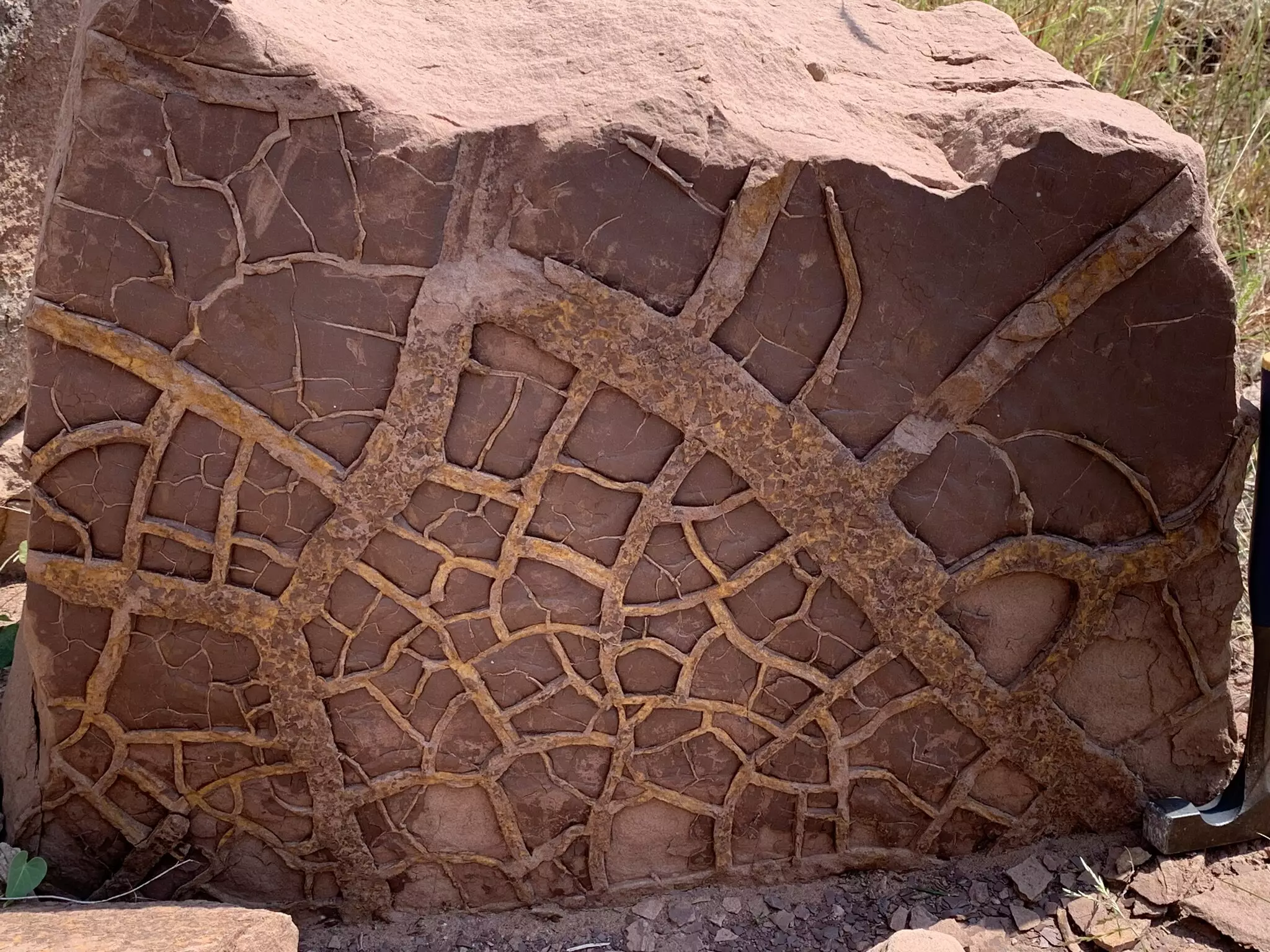The Permian-Triassic extinction event, occurring approximately 252 million years ago, represents one of the most significant and catastrophic ecological transformations in Earth’s history. Recent research unveils the critical role played by severe El Niño occurrences during this period, shifting our understanding of the extinction’s mechanisms and implications for modern climate change. This article elucidates how these historical climatic events correlate with present-day challenges and the inherent unpredictability of life on Earth.
Traditionally, the Permian-Triassic extinction has been attributed primarily to extensive volcanic eruptions in what is now Siberia. These eruptions released vast quantities of carbon dioxide, leading to rapid global warming and triggering a chain reaction detrimental to both marine and terrestrial ecosystems. Scientists have long grappled with the question of what caused such widespread devastation to life forms that should have been adapting to changes rather than succumbing en masse. The findings of a recent collaborative study by Bristol University and China University of Geosciences shed new light on this mystery, attributing significant blame to the erratic climate conditions exacerbated by Mega El Niño events.
The research reveals that contrary to the simple narrative of global warming, the climatic chaos during the Permian era was characterized by extreme fluctuations marked by intensified El Niño phenomena. Dr. Alexander Farnsworth, one of the study’s lead authors, articulated that while rising temperatures drive many species towards cooler latitudes, the erratic climate conditions that came with increased greenhouse gas concentrations proved catastrophic. The increases in weather variability created an environment where life struggled to maintain equilibrium, thereby preventing efficient adaptation.
Interestingly, the researchers utilized the fossilized remains of conodonts—tiny marine organisms—by analyzing their oxygen isotopes to reconstruct historical temperature gradients. This analysis highlighted a troubling reality: the Earth became excessively hot across the globe, leading to a collapse in temperature differences between various latitudes. This marked the beginning of a world where conditions could no longer support biodiversity.
The parallels between the Permian-Triassic extinction and current climatic challenges present an alarming picture. Modern-day phenomena, such as the recent North American heat waves and shifts in rainfall patterns linked to El Niño, echo the patterns observed during this distant catastrophic event. While today’s El Niño effects may last only one or two years, the Permian-Triassic Mega El Niño events persisted for much longer, resulting in prolonged droughts followed by severe flooding. Such climatic instability made adaptation nearly impossible for most species.
Associate Professor Paul Wignall posits that the implications of such erratic climate conditions are profound. Not only did this widespread drought lead to unprecedented wildfires— further evidence of an environment spiraling out of control—but it also placed an unbearable strain on both land and marine ecosystems. As the world oscillated between extremes of dry and wet, life faced increasing challenges to survive.
Crucially, vegetation—the very foundation of the terrestrial ecosystem—proved particularly vulnerable to these dramatic climate fluctuations. The loss of plant life was disastrous not just because it reduced available food resources but also because it curtailed one of the Earth’s natural mechanisms for regulating CO2 levels. Without plants to absorb carbon dioxide, the atmosphere became increasingly hostile to life.
Dr. Yadong Sun highlighted that the swift temperature increases on land far exceeded the adaptive capabilities of many species. The extinction trajectory observed in land-based organisms significantly precedes similar trends in oceanic inhabitants, indicating a complex interplay between these ecosystems. The study underscores the notion that while the oceans might have initially buffered the effects of temperature rises, it was only a matter of time before the land-to-sea temperature equilibrium unraveled, resulting in mass extinctions.
As we reflect upon the lessons derived from this ancient event, it is vital to recognize the significance of preserving biodiversity and developing adaptive strategies. The extinction during the Permian-Triassic period was a pivotal reset that allowed for the rise of new life forms, including the eventual dominance of dinosaurs. In our current era, recognizing the potential for ecological tipping points amid climate change is crucial, particularly as we face increased instances of extreme weather and habitat loss.
While the Permian-Triassic extinction remains a sobering reminder of nature’s capriciousness, it also serves as a call to action. By studying past events, we glean insights that may help us navigate our tumultuous climate future, valuing resilience and adaptation in an increasingly unpredictable world. This historical narrative not only enriches our understanding of Earth’s ecological rhythms but also emphasizes our responsibility in safeguarding the planet’s diverse life forms.


Leave a Reply